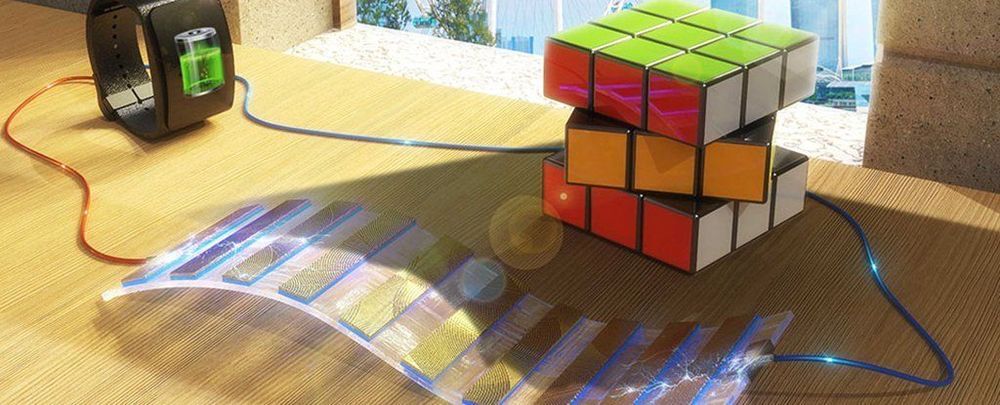
Although planets, stars, and galaxies all spin along an axis of rotation, new research suggests that the universe itself might also revolve around an axis, or several, but on a cosmic scale challenging one of the fundamental assumptions of astrophysics, the cosmological principle, which holds that the same physical laws are homogeneous and uniform, isotropic, everywhere in the universe. This exotic new theory paints a picture of a spinning universe that creates structural anisotropies and asymmetries on cosmic scales of hundreds of millions of light years.
Enter one Lior Shamir, a computational astronomer at Kansas State University, who presented evidence that has yet to be peer reviewed at the recent virtual Zoom meeting of the American Astronomical Society that the early universe rotated like an enormous, complex galaxy, and continued this momentum through the galaxies we see today, hinting that the early universe had a more uniform structure that it has been steadily losing through time, resulting in an increasingly chaotic cosmos.


















